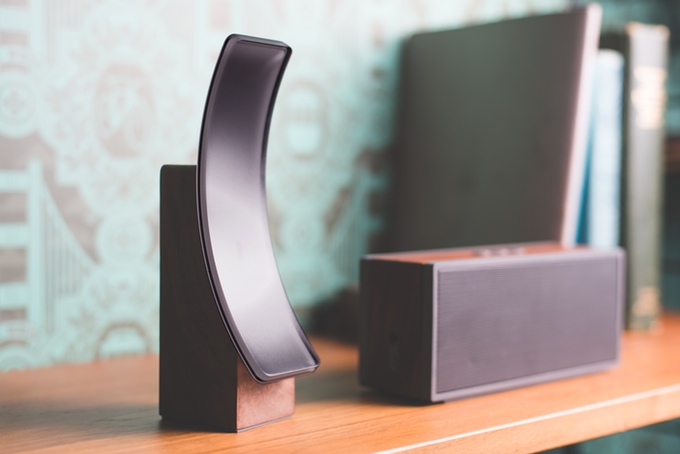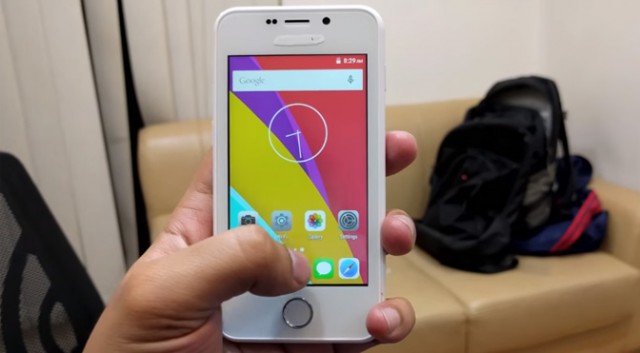Time to read: 2 min
The week’s top hardware news.
February 19th, 2016
Products
Music You Can Swallow
Audiopill is an experimental device for enjoying music, one that you need to, well, swallow. “It will make you feel like you are standing in the middle of a concert hall with a powerful audio system inside your body,” so says conceptual artist Jan Poope. Did we mention this is experimental (read: insane)?
The Smart Home Security Guard
With rising concerns about IoT security, Silk Labs developed Sense, a smart home assistant that uses deep learning and local processing to keep your smart devices working for you and only you.

Photos That (Almost) Sort Themselves
That moment when you realize those zillion vacay photos aren’t going to sort, filter and store themselves. Or.. are they? Enter Monument, a soap shaped cloud device that automatically organizes your photos by time, location, faces and what’s in them. Smile!
3D Print Barbies at Home
Mattel just launched a $300 3D printing toy studio for kids and it might be the first 3D printer with a true chance of going mainstream. The ThingMaker is paired with an app that lets children render new toys and jewels straight from their tablet. Autodesk has built the app which is in fact the key of the new printer’s approachability.
Industry
The Cash Cow Named VR
Hardware + Software VR platform, MindMaze just raised a whopping $100 million at a pre-money valuation of $1 billion. According to CEO Tej Tadi, their ambition is to build technology to power VR across a range of devices à la Intel Inside.
The Unbelievable $4 Smartphone
An unbelievable 600,000 people per second have been racing online to buy the $4 Ringing Bells Freedom 251 smartphone. Is this a scam? The Indian Cellular Association (IDA) is arguing that this kind of product can’t be made for less than $40 and is calling on the government to investigate.

The New Leap Motion
Leap Motion is shipping new hardware and software for a brand-new VR experience. On the hardware front, the sensor is lighter and slimmer, and on the software front, it’s claimed to be faster, smarter, and able to sense your hands a full arm’s length away.
+ Google might be building a stand alone VR headset

